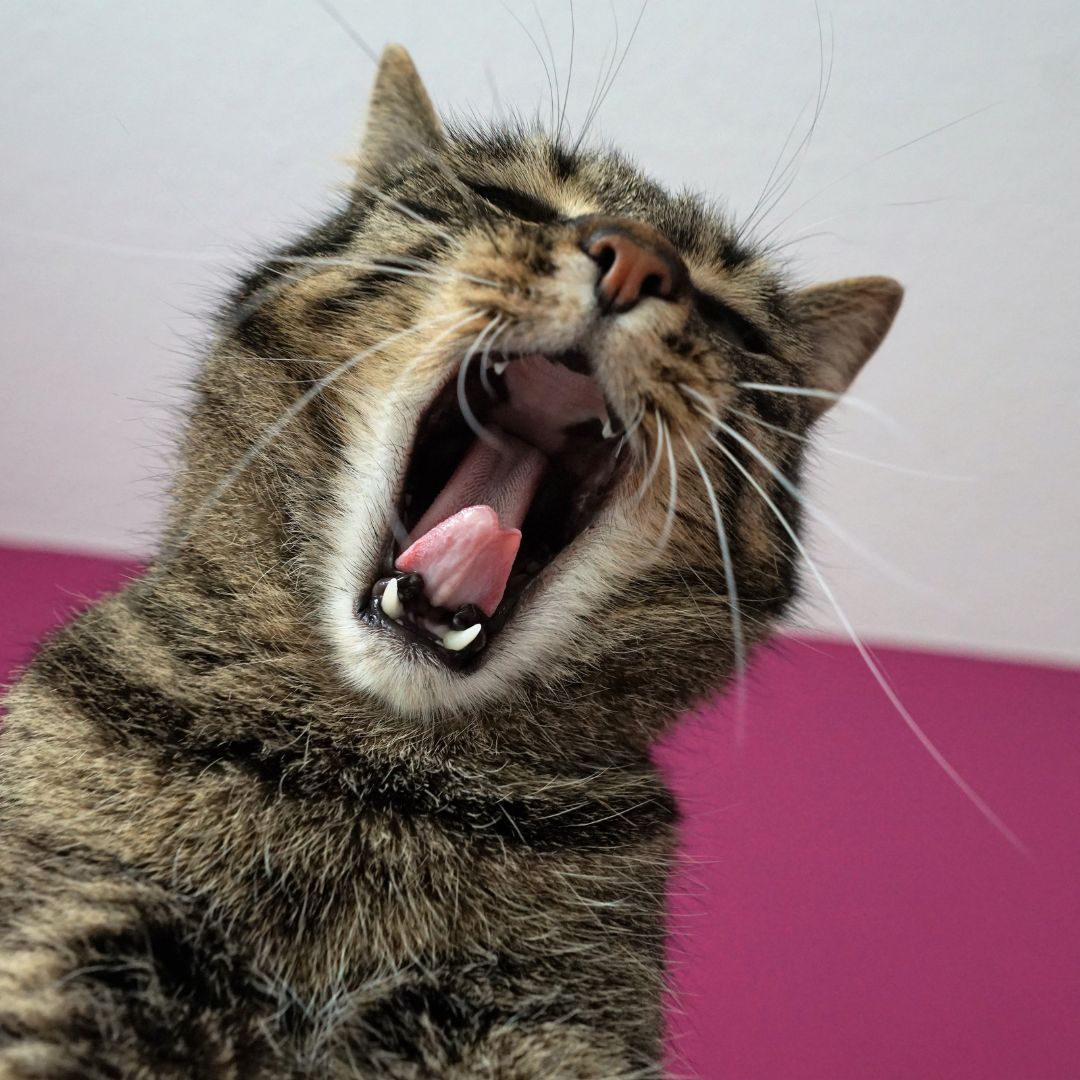
Understanding and Resolving Common Behavioral Problems in Cats
Share
Introduction
Cats are wonderful companions, known for their independent and mysterious nature. However, every cat owner has likely encountered behavioral issues at some point. From excessive scratching to aggressive behavior, these problems can be challenging to navigate. In this blog, we'll explore some of the most common behavioral problems in cats and offer practical solutions to help you build a harmonious relationship with your feline friend.
Scratching Furniture
A common challenge faced by cat owners is the persistent inclination of their feline companions to scratch furniture. Cats engage in scratching to assert their territory, stretch their muscles, and maintain healthy claws. To tackle this issue, offer alternative scratching outlets for your cat. Invest in a durable scratching post and position it prominently. Additionally, employ deterrents like double-sided tape on furniture or specialized sprays with scents unpleasant to cats, dissuading them from scratching in undesirable areas.
Aggression Towards Humans or Other Pets
Cats may exhibit aggressive behavior through biting, scratching, hissing, or growling, posing challenges for their owners. Effectively addressing aggression requires understanding its root cause. If your cat displays aggressive tendencies, consider factors like fear, stress, or territorial conflicts. Facilitate gradual introductions between cats and reinforce positive behavior to alleviate tensions. If aggression persists, seeking guidance from a veterinarian or professional animal behaviorist is advisable for personalized solutions.
Inappropriate Elimination
One of the most frustrating issues for cat owners is inappropriate elimination, which includes urinating or defecating outside the litter box. Medical issues, stress, or territorial marking can contribute to this behavior. Start by ruling out any health concerns with a vet visit. If the issue persists, evaluate the litter box's location, cleanliness, and type. Cats are often particular about their litter box preferences, so experimenting with different options may help resolve this problem.
Excessive Vocalization
Some cats are more talkative than others, but excessive vocalization can be disruptive. Cats may meow excessively due to loneliness, hunger, or attention-seeking behavior. Establish a consistent feeding and play schedule to address basic needs. Spend quality time engaging with your cat through interactive play and provide toys that stimulate mental activity. If excessive meowing continues, consult your veterinarian to rule out any underlying health issues.
Destructive Chewing
Chewing on household items can be destructive and hazardous for both cats and their owners. This behavior may be linked to dental issues, boredom, or teething in kittens. Provide appropriate chewing outlets, such as dental toys or treats, to address dental concerns. Engage your cat in interactive play to alleviate boredom and consider cat-proofing your home by keeping potentially harmful items out of reach.
Hiding or Withdrawing
Some cats may exhibit behaviors such as hiding or withdrawing, especially in new or stressful environments. This could be a sign of anxiety or fear. Create a safe and quiet space where your cat can retreat to when feeling overwhelmed. Gradually introduce new environments or changes and use positive reinforcement to build confidence. If your cat's withdrawal persists, consult with a veterinarian or a feline behavior specialist for tailored advice.
Overgrooming or Compulsive Behaviors
While cats are known for their meticulous grooming habits, excessive licking or overgrooming may signal underlying issues like allergies, skin conditions, or stress. It is crucial to consult with your veterinarian to rule out any potential medical concerns. Addressing stressors, enhancing the cat's environment with enrichment activities, and utilizing calming pheromones can contribute to alleviating compulsive behaviors.
In Conclusion
Successfully understanding and dealing with common behavioral problems in cats necessitates patience, keen observation, and a comprehensive approach. By pinpointing the root causes and employing positive reinforcement techniques, you can establish a positive and fulfilling environment for your feline companion. It's essential to recognize the uniqueness of each cat, as what proves effective for one might not be applicable to another. If behavioral challenges persist, seeking professional guidance ensures tailored solutions, fostering a content and harmonious relationship between you and your cat.
